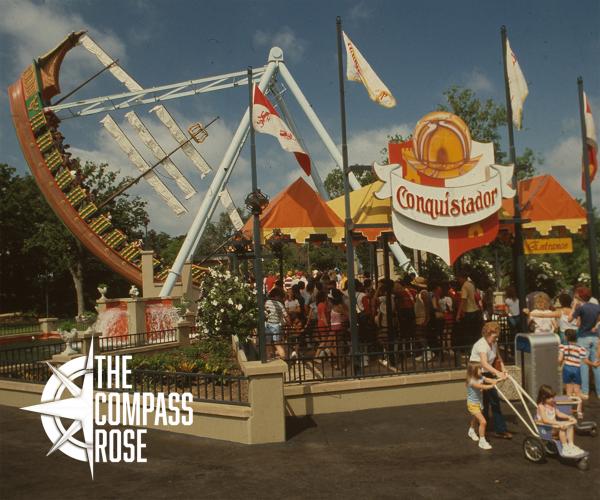
“A High-Caliber Family Show”: The Story of Six Flags Over Texas
The purpose of The Compass Rose is to raise awareness of Special Collections' resources and to foster the use of these resources. The blog series also reports significant new programs, initiatives, and acquisitions of Special Collections.
Six Flags is now a nationally recognized name when it comes to roller coaster thrills and family fun, but Six Flags Over Texas was the first in the chain of amusement parks. The park opened on August 5, 1961, attracting nearly half a million visitors to Arlington from all over the country in its first season.
In the 1950s, the City of Arlington encouraged development. Disneyland, which opened in Anaheim in 1955 and had a huge impact on development and tourism in Southern California, inspired Mayor Tom Vandergriff to bring a theme park to Arlington. First, he attempted to get Walt Disney to build a Disneyland in Arlington, but Disney declined. However, thanks to local real estate developer Angus G. Wynne, Jr. and the Great Southwest Corporation (GSC), a theme park for Arlington was not completely off the table.
Prior to World War II, Wynne worked in the oil industry, but upon returning from the war he began a lucrative career in real estate development. Inspired by the wild success of Disneyland, Wynne and Mayor Vandergriff began discussing development ideas for Arlington. Wynne’s Great Southwest Corporation purchased land in northeast Arlington that was originally slated for industrial development. Unfortunately, tenants did not come to the area as expected, but Wynne sought a solution. In 1957, he announced the development of a large sports center with a small amusement park. While plans were being made for the sports center, Wynne and Mayor Vandergriff had several discussions about the development. After discussions with the mayor and the board of GSC, Wynne shifted gears from a sports center to a large-scale family theme park he initially named “Great Southwest Land.”
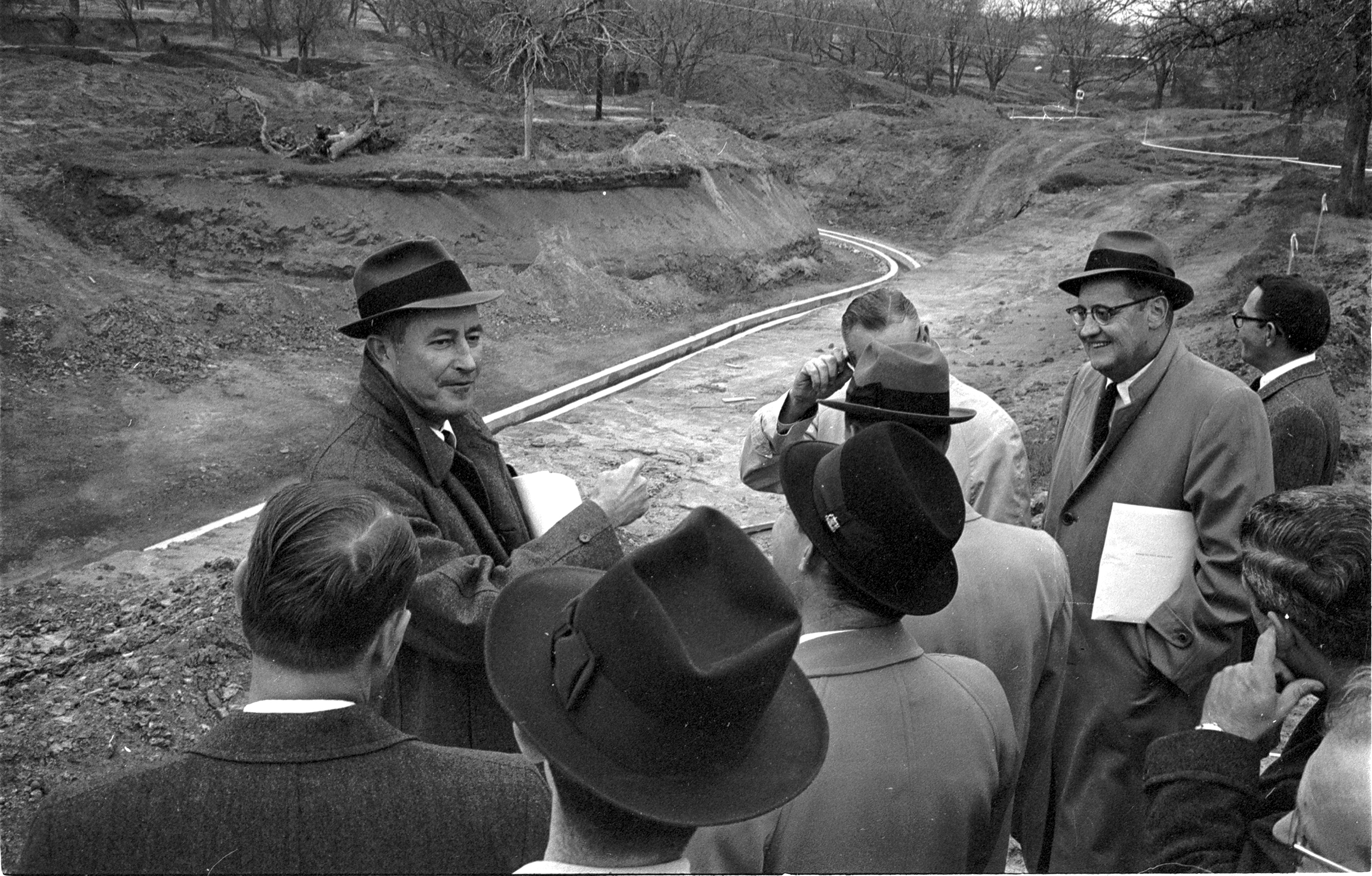
Six Flags Over Texas founder Angus G. Wynne, Jr, points out where the LaSalle River Adventure ride will be built during a 1960 inspection tour from the Fort Worth Star-Telegram Collection.
Like most parks that opened in the fifties and sixties, Wynne modeled his park on Disneyland. In an effort to emulate the successes of the park and correct its failures, he even initially hired some of Disneyland’s design team. Construction began in 1960 and by December of that year the decision was made to focus completely on Texas history. Although it wasn’t the only theme park of its kind, it brought a unique take to the traditional theme park. The park would offer rides, food, and activities, but also represent Texas history. Eventually the name was changed to Six Flags Over Texas. Wynne explained that “Designating the center Six Flags is natural since its over-all theme is based on Texas under six different regimes. It will be a high-caliber family show, comparable to no other entertainment in existence, featuring special attractions, music, good food, and continuous activity” (Wallace, 12). Each of the six themed areas in the park were named for the entities that have ruled over Texas: Spain, France, Mexico, the Republic of Texas, the Confederacy, and the United States.
Six different flags flew at the entrance of the park to honor the six flags that had flown over Texas from 1519 to the present. These six different themes are one of the reasons that the park was so successful. It helped to promote Texas history and provided a unique experience for visitors because each themed area had different attractions.
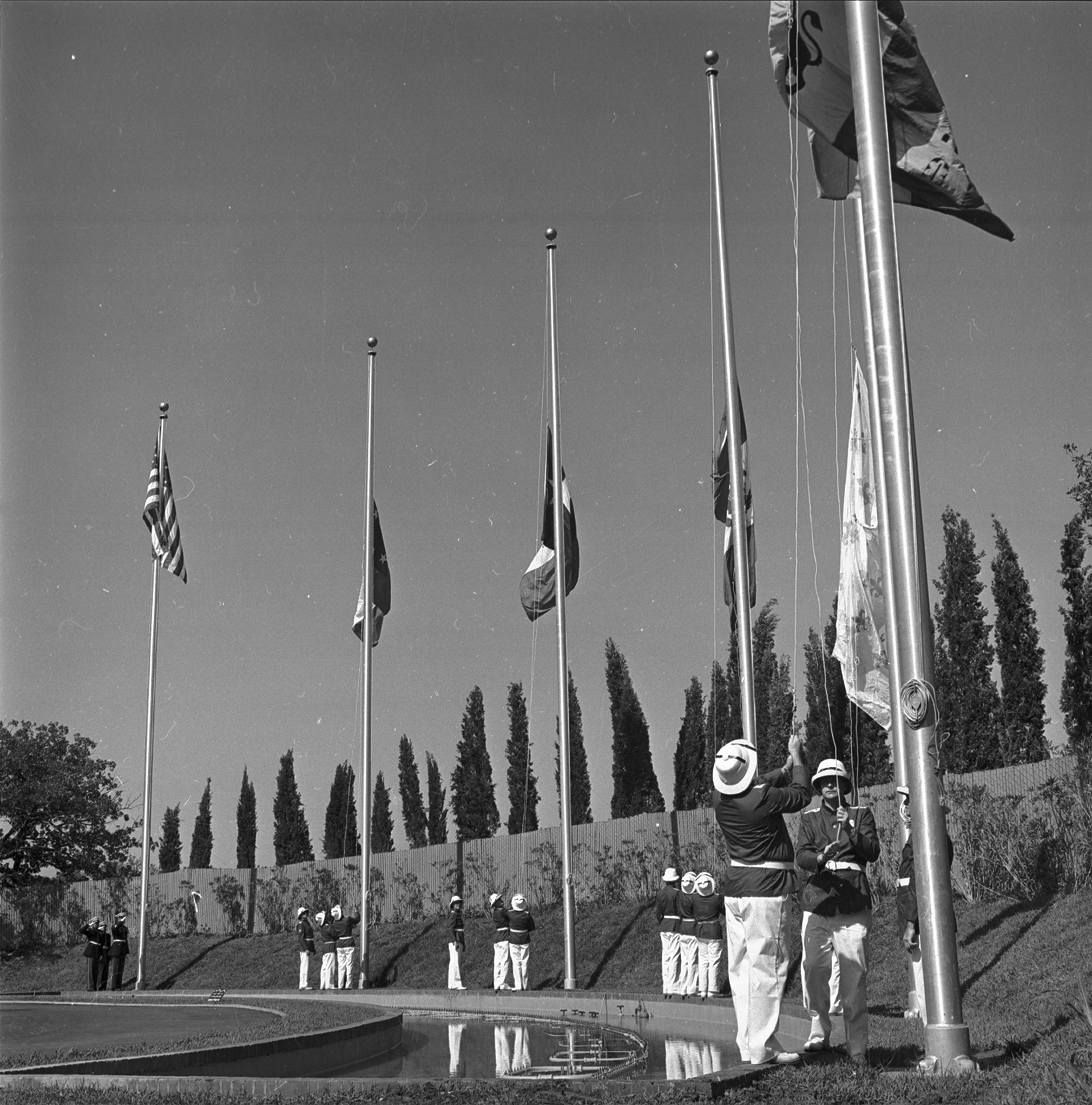
Park patrolmen at Six Flags Over Texas raise national banners that have flown over Texas at official opening ceremonies from the Fort Worth Star-Telegram Collection.
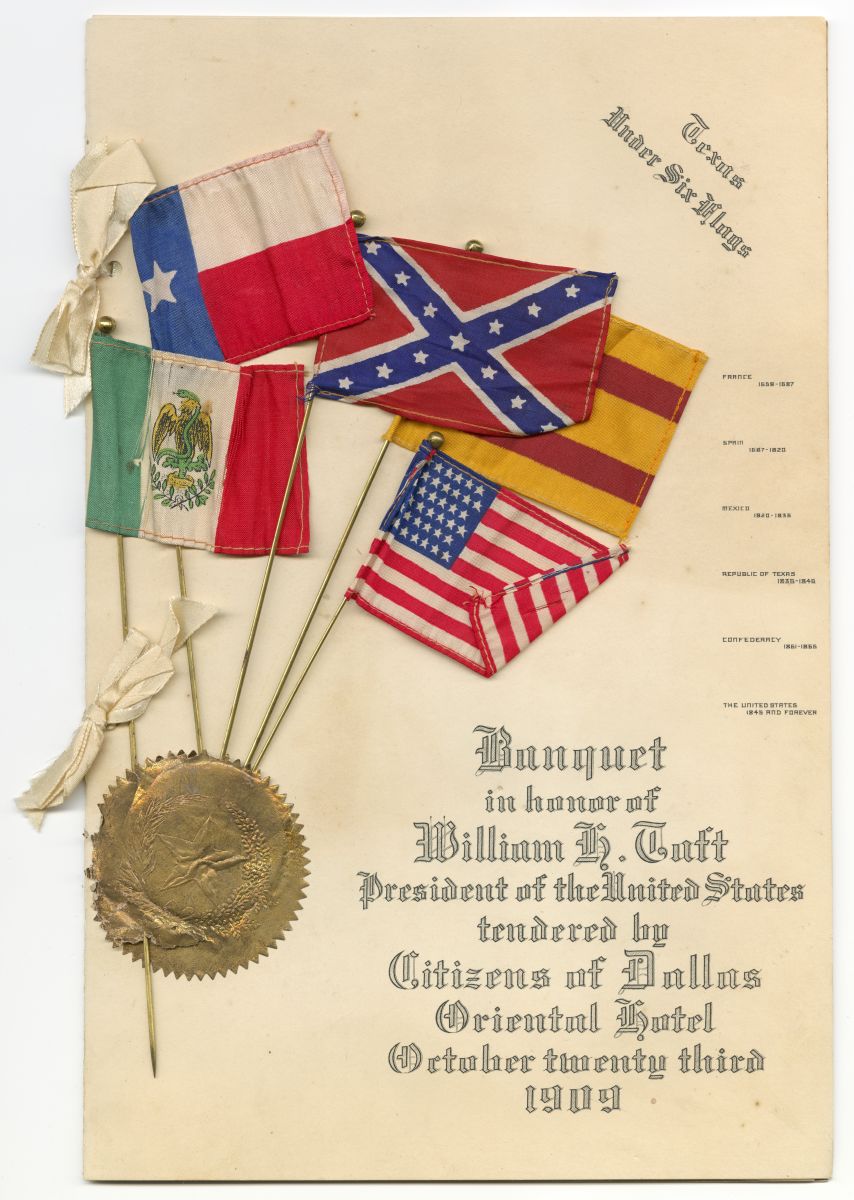
The theme of six flags to represent Texas history was not a new idea. This program from a banquet to honor President Taft from 1909 shows the popular phrase “Texas Under Six Flags” with five out of the six flags. From the AC Greene Collection Papers.

Texas Under Six Flags pamphlet from the AC Greene Papers ca.1930s.
These six themed areas still exist, but there have been several more additions and other changes to the park. In 1997, the Confederacy section of the park was renamed “The Old South” and the Confederate battle flags were removed. However, the Confederate “Stars and Bars” flag remained one of the six flags at the entrance of the park until 2017. In response to controversies surrounding Confederate iconography in public spaces the park opted to replace the six different flags representing the park’s original themes with six American flags. Despite the park’s early focus on historical themes, in the decades following the opening of Six Flags Over Texas priorities shifted. The park placed less emphasis on historical themes and focused on attractions like roller coasters.
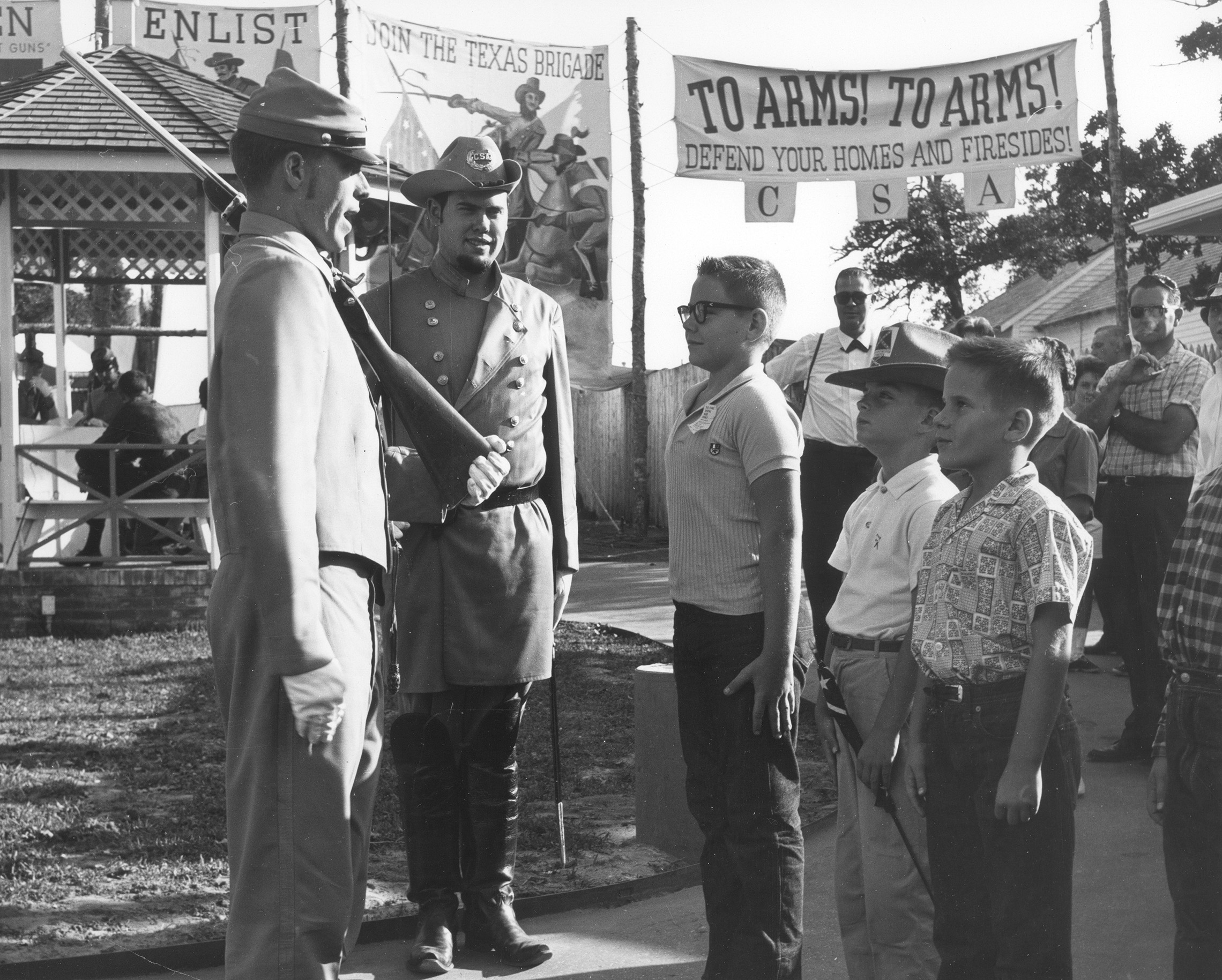
Children being inducted into the Texas Brigade, Confederate Army at Six Flags Over Texas from the Fort Worth Star-Telegram Collection.
Ownership has changed hands many times over the last several decades. As Six Flags grew, the company—now known as Six Flags Entertainment Corporation—acquired more parks around the country. Six Flags now owns 26 parks across North America. What began as a theme park celebrating Texas history has grown to be an important piece of the state and nation's history.
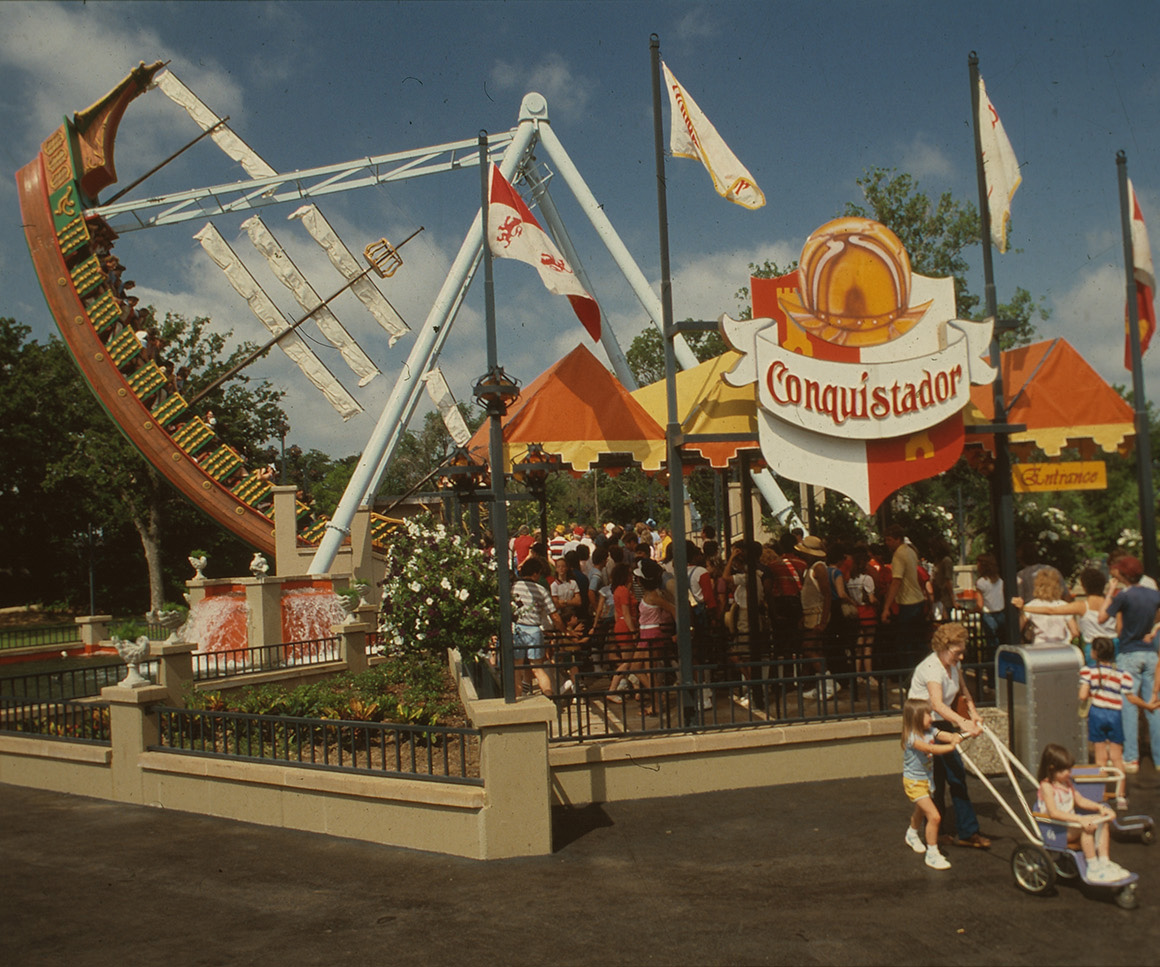
People lined up in front of the Conquistador ride at Six Flags Over Texas in 1982. From the Fort Worth Star-Telegram Collection.
References:
Barker, Evelyn. “Wynne, Angus Gilchrist, Jr.,” Handbook of Texas Online, https://www.tshaonline.org/handbook/entries/wynne-angus-gilchrist-jr. Published by the Texas State Historical Association.
Barker, Evelyn, et al. Historic Tales of Arlington, Texas. The History Press, 2018.
Cox, Claude. “Six Flags Over Texas,” Handbook of Texas Online, https://www.tshaonline.org/handbook/entries/six-flags-over-texas. Published by the Texas State Historical Association.
Wallace, Cameron G. The Early Success of Six Flags Over Texas: 1957-1970. Arlington, Tex: Arlington Hill Publications, 2006.


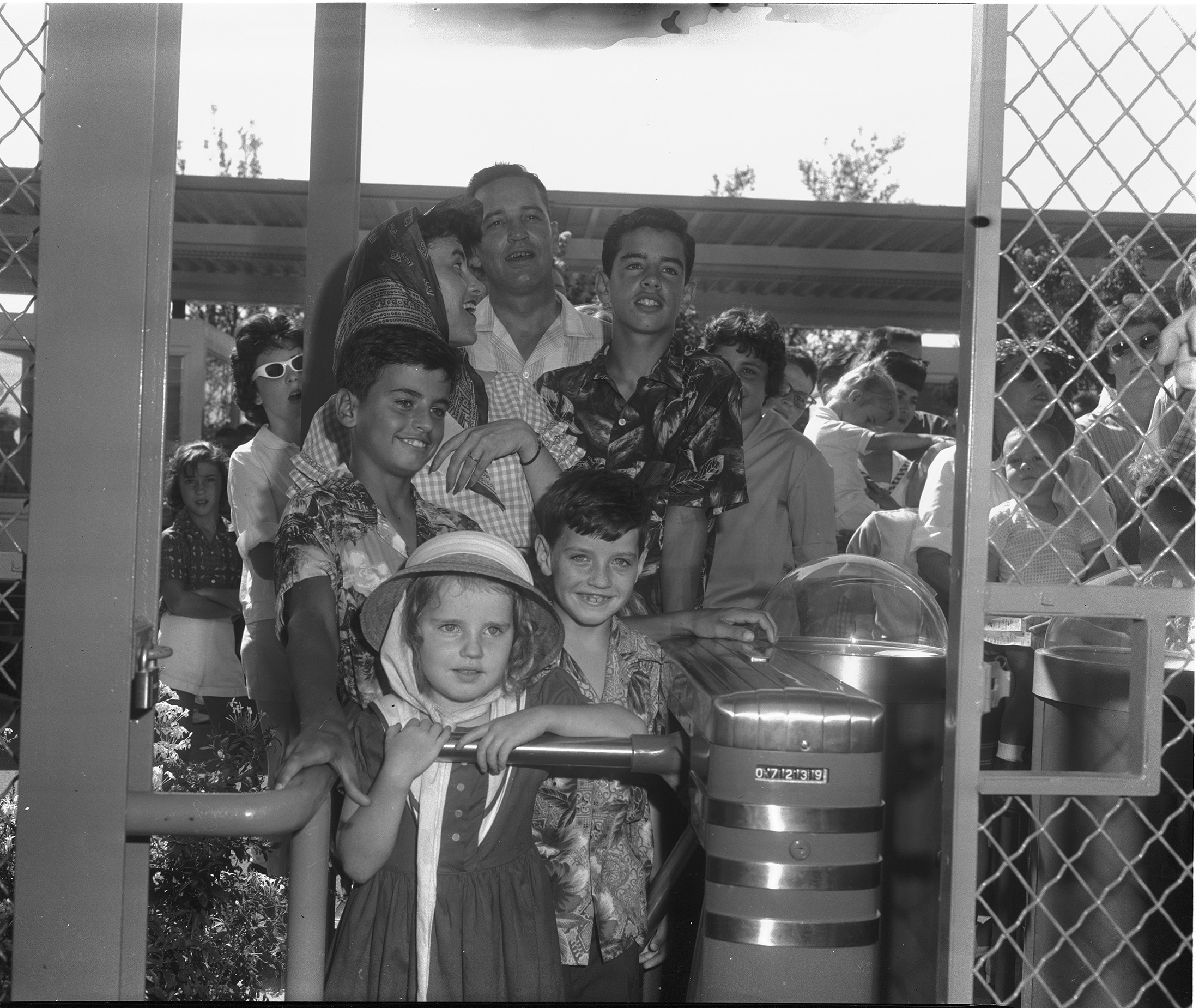
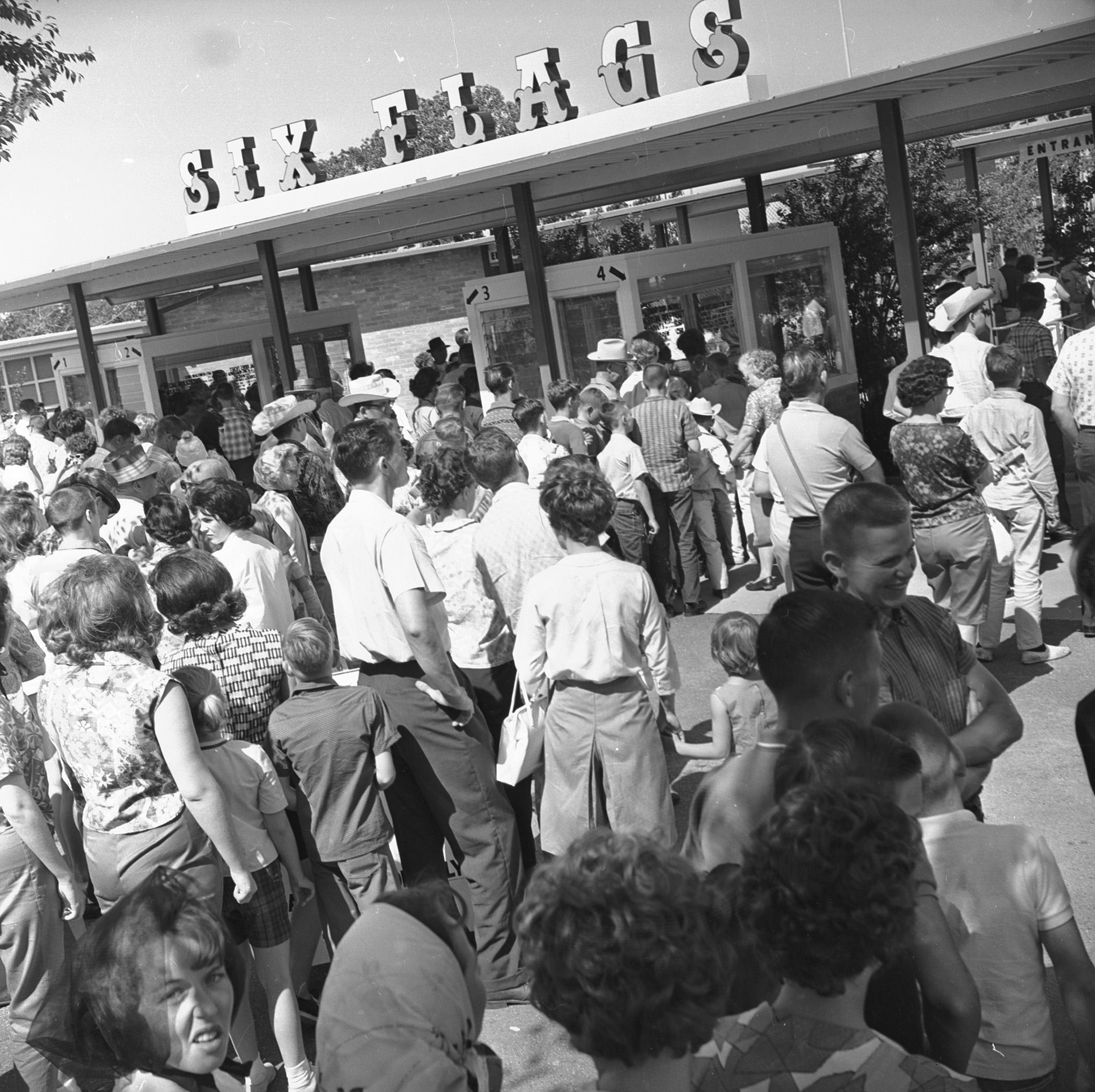
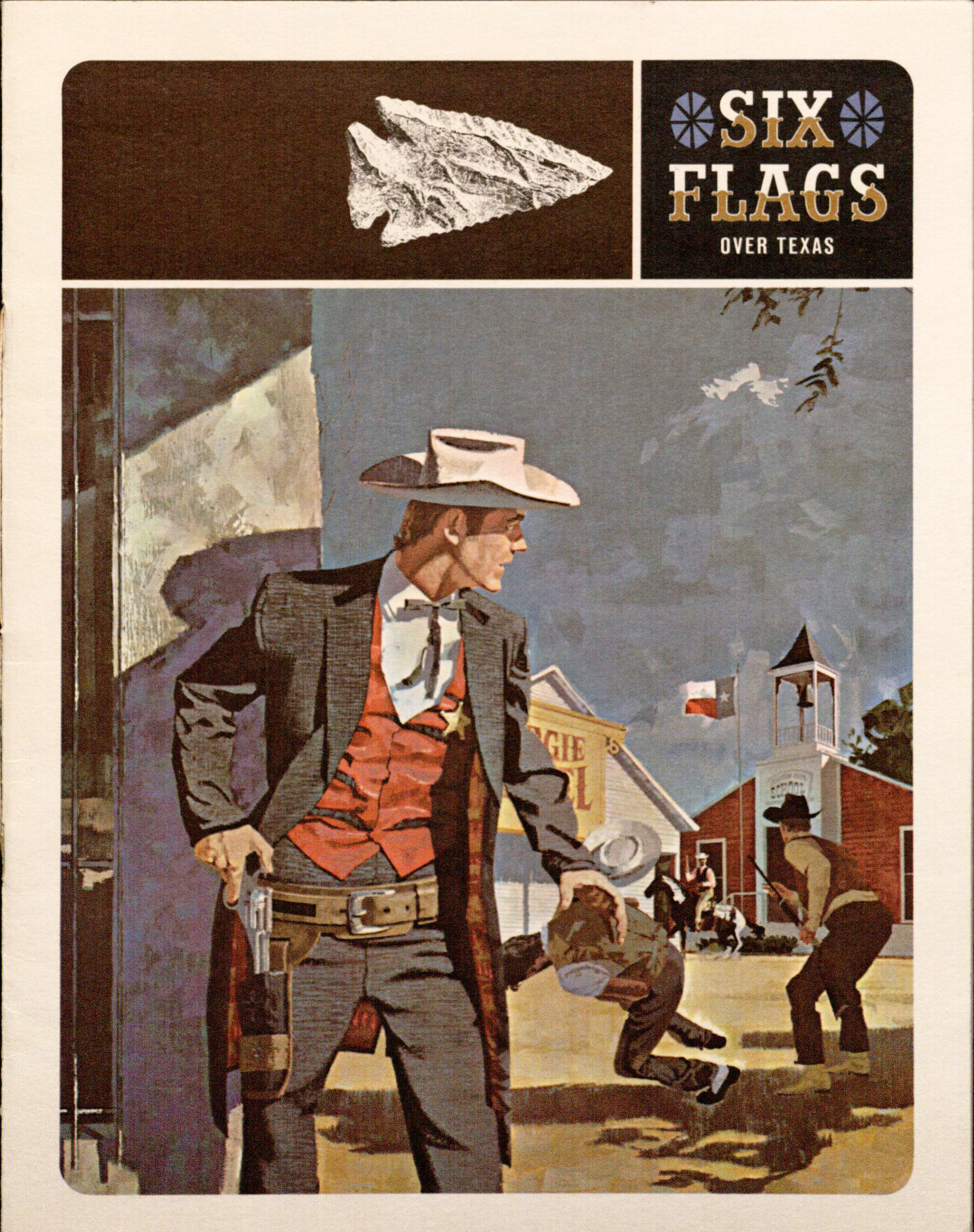
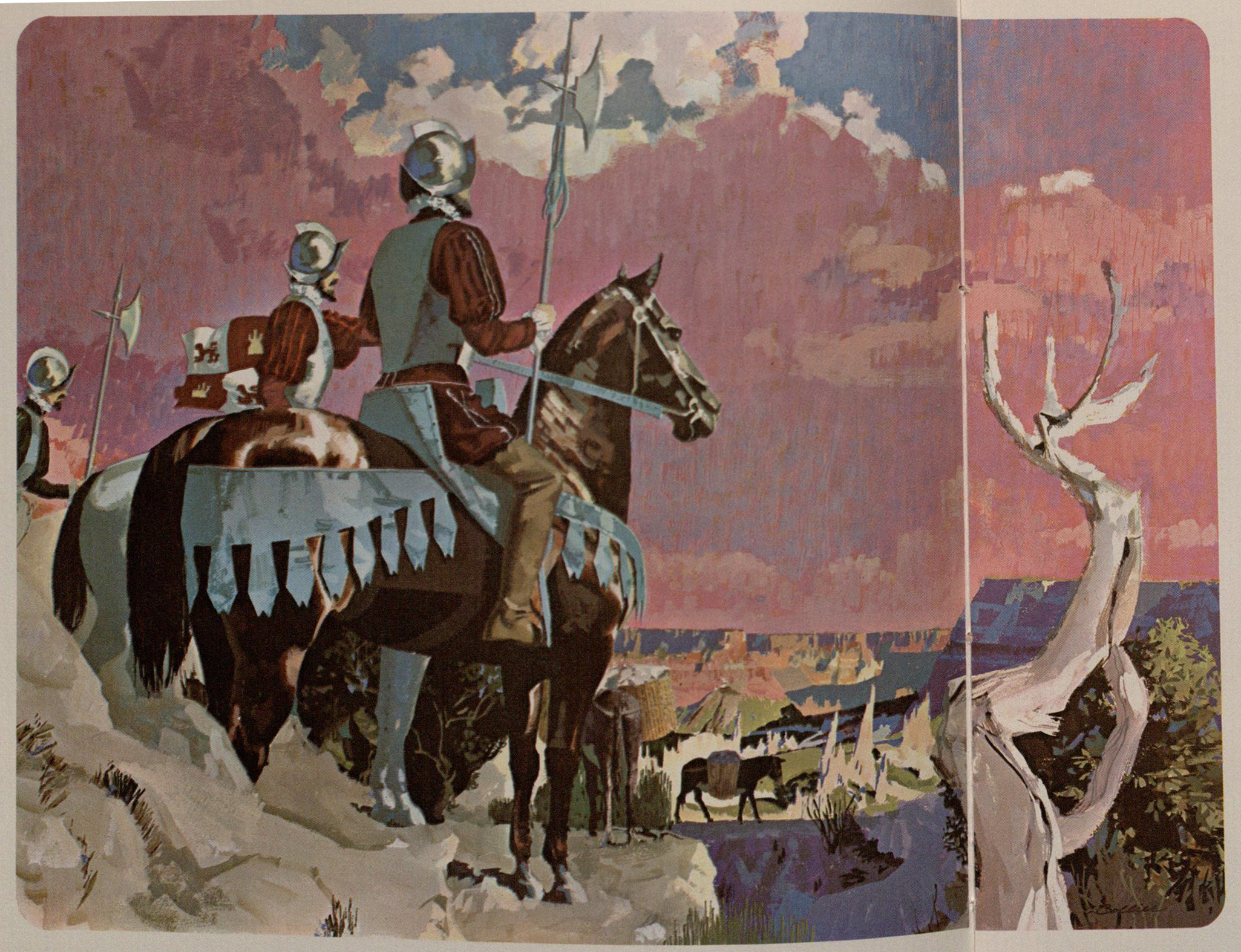
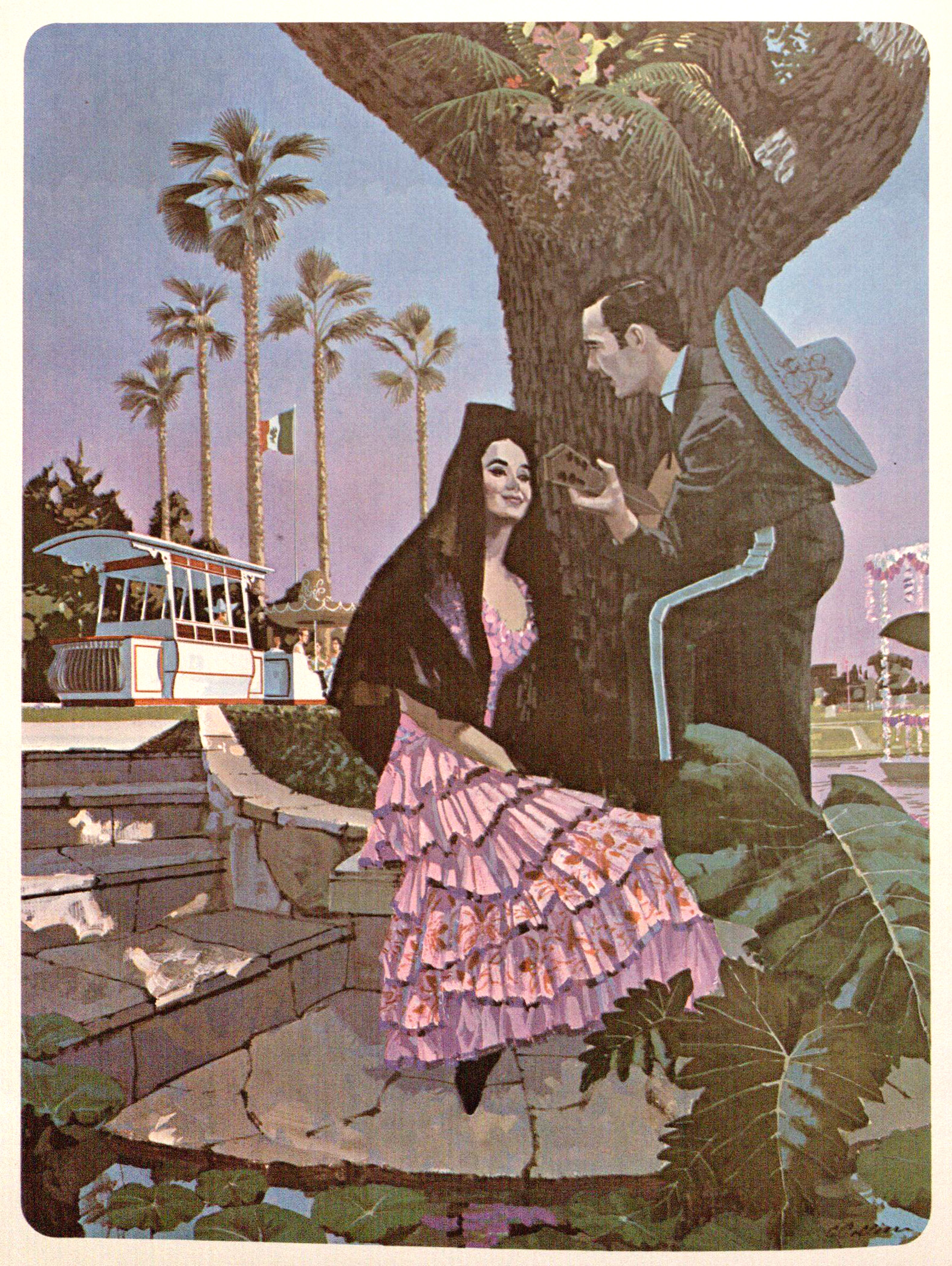
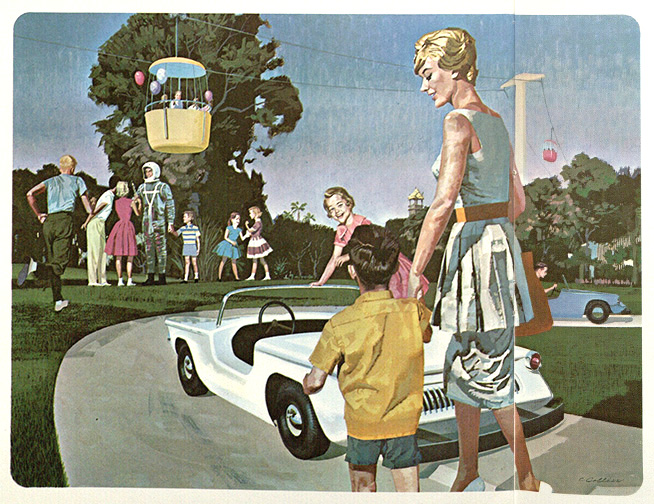
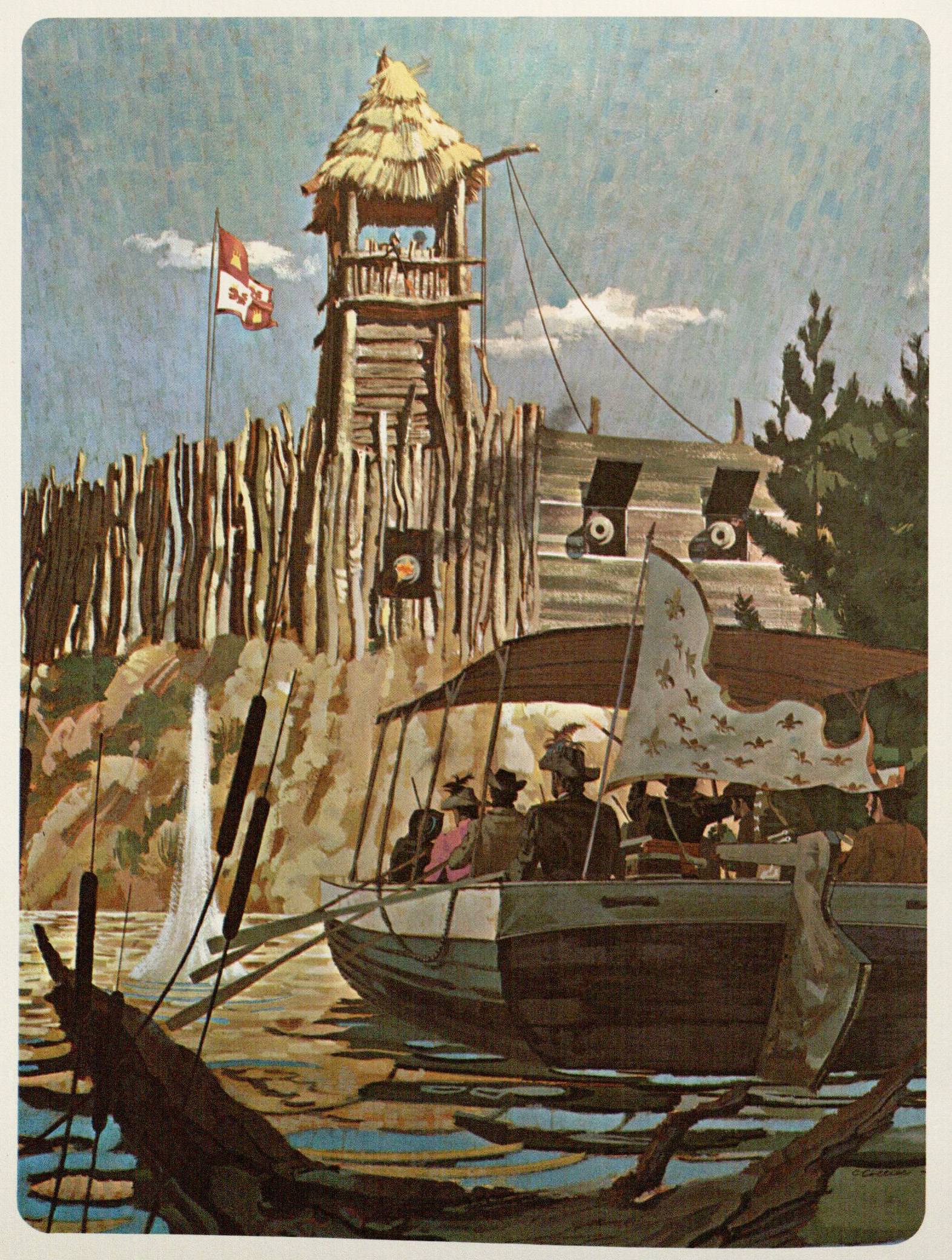
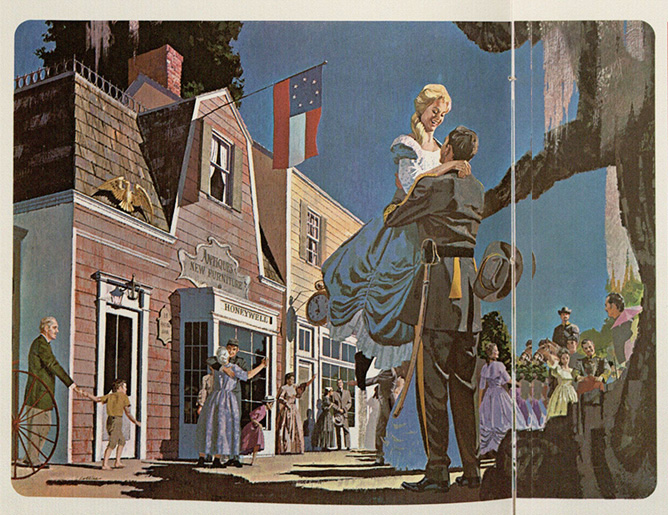
Add new comment